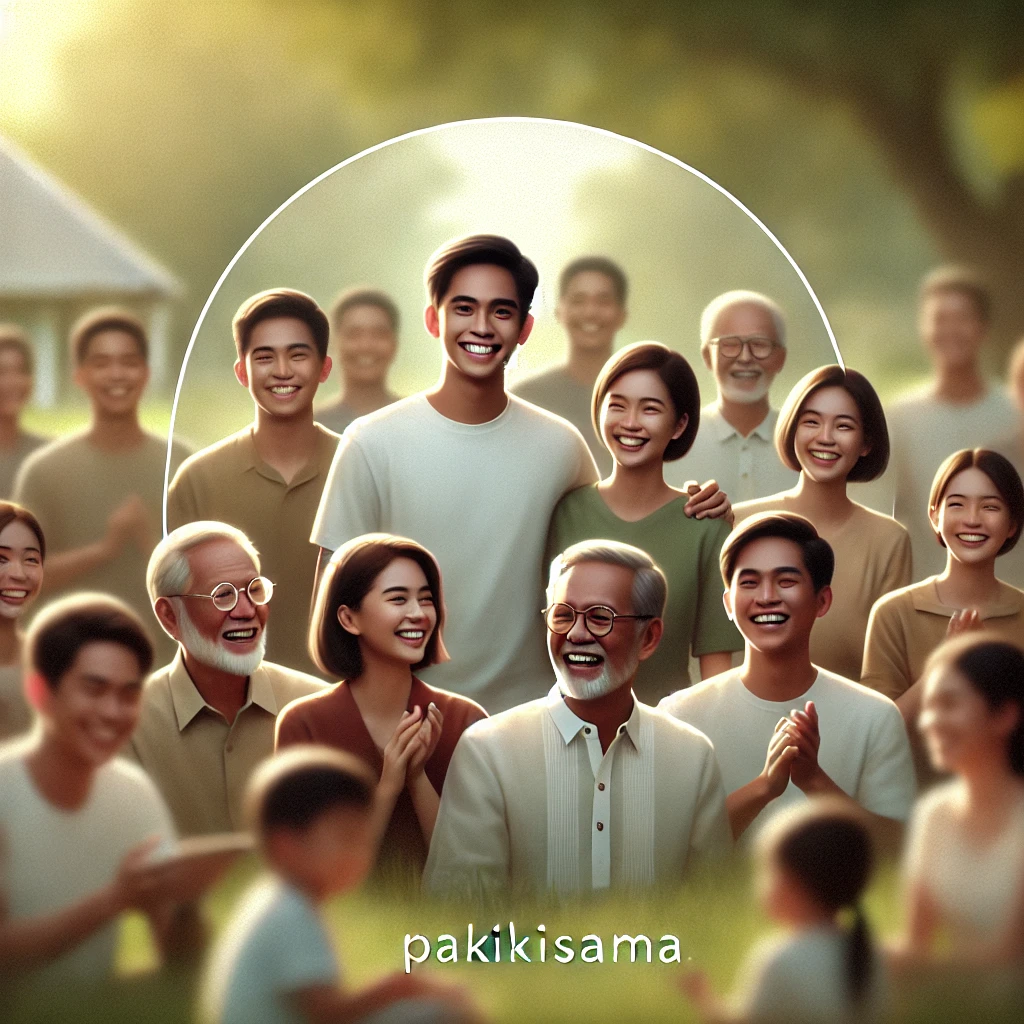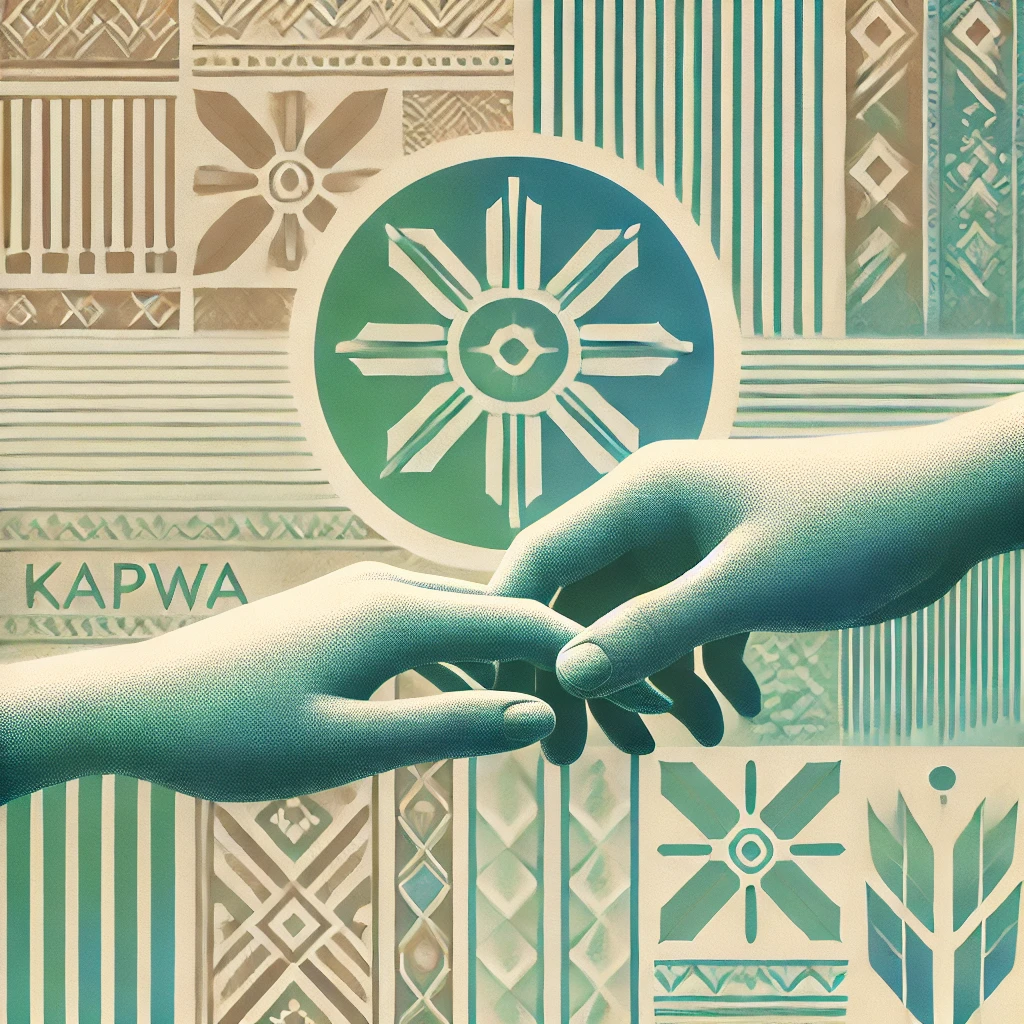Pakikisama, a fundamental concept in Filipino culture, plays a crucial role in shaping social interactions and relationships within Philippine society. This deeply ingrained value emphasizes harmony, unity, and the ability to get along with others in various social contexts. Understanding pakikisama is essential for both Filipinos and non-Filipinos alike, as it provides insights into the intricacies of Filipino social dynamics and helps foster better relationships within the community. This blog post delves into the multifaceted nature of pakikisama, exploring its historical roots, cultural significance, and practical applications in contemporary Filipino society.
Historical Origins and Cultural Context
The Pre-colonial Roots of Pakikisama
The concept of pakikisama can be traced back to pre-colonial Philippine society, where communal living and cooperation were essential for survival. In ancient barangays, the smallest political units of Filipino society, people relied on each other for protection, food production, and various communal activities. This interdependence fostered a strong sense of community and laid the foundation for the development of pakikisama as a core cultural value.
Spanish Colonial Influence
The arrival of Spanish colonizers in the 16th century brought significant changes to Filipino society, but it also reinforced certain aspects of pakikisama. The introduction of Catholicism and the encomienda system further emphasized the importance of social harmony and cooperation. The Spanish concept of “buen vecino” (good neighbor) aligned well with the pre-existing Filipino values of community and interpersonal relationships, contributing to the evolution of pakikisama during the colonial period.
American Colonial Era and Modern Influences
During the American colonial period (1898-1946) and the subsequent years of independence, pakikisama continued to adapt to changing social, economic, and political landscapes. The introduction of Western education and democratic institutions influenced the way Filipinos practiced pakikisama in various settings, including schools, workplaces, and government institutions. Despite these changes, the core principles of pakikisama remained deeply embedded in Filipino culture, demonstrating its resilience and adaptability.
Key Elements of Pakikisama
Smooth Interpersonal Relationships (SIR)
At the heart of pakikisama lies the concept of Smooth Interpersonal Relationships (SIR), which emphasizes the importance of maintaining harmonious interactions with others. SIR involves various behaviors and attitudes that contribute to a positive social atmosphere, such as avoiding confrontation, showing respect for others’ feelings, and prioritizing group harmony over individual desires. This aspect of pakikisama is particularly evident in Filipino communication styles, which often favor indirect and non-confrontational approaches to addressing conflicts or disagreements.
Utang na Loob (Debt of Gratitude)
Utang na loob, or debt of gratitude, is closely intertwined with pakikisama and plays a significant role in Filipino social relationships. This concept refers to the obligation one feels towards someone who has done them a favor or provided assistance. Utang na loob creates a complex web of reciprocal relationships within Filipino society, reinforcing social bonds and encouraging mutual support. Understanding and navigating these unwritten obligations is crucial for practicing effective pakikisama in various social contexts.
Hiya (Shame) and Amor Propio (Self-esteem)
Hiya and amor propio are two interrelated concepts that influence the practice of pakikisama. Hiya refers to a sense of shame or embarrassment that Filipinos may feel when they fail to meet social expectations or violate cultural norms. Amor propio, on the other hand, relates to one’s sense of self-esteem and dignity. These concepts work together to regulate social behavior and encourage individuals to act in ways that maintain harmony and avoid causing offense to others.
Pakikisama in Different Social Contexts
Family and Kinship Networks
In Filipino society, family and extended kinship networks play a central role in an individual’s life. Pakikisama within these contexts involves maintaining strong family ties, participating in family gatherings and celebrations, and providing support to relatives in times of need. The concept of “kapwa,” or shared identity, is particularly strong within family units, fostering a sense of collective responsibility and mutual care.
Workplace Dynamics
Pakikisama significantly influences workplace relationships and organizational culture in the Philippines. Employees are expected to maintain harmonious relationships with colleagues, superiors, and subordinates, often prioritizing group cohesion over individual achievement. This can manifest in various ways, such as participating in after-work social activities, assisting colleagues with their tasks, or avoiding direct criticism of coworkers or superiors.
Educational Settings
In schools and universities, pakikisama shapes student interactions and academic environments. Students are encouraged to work collaboratively, support their classmates, and participate in group activities. The practice of pakikisama in educational settings can have both positive and negative effects, fostering a sense of camaraderie and mutual support while sometimes leading to challenges such as academic dishonesty in the name of helping peers.
Community and Neighborhood Relations
Pakikisama plays a crucial role in maintaining harmonious relationships within local communities and neighborhoods. This may involve participating in community events, contributing to collective efforts such as neighborhood clean-ups or security patrols, and maintaining cordial relationships with neighbors. The concept of “bayanihan,” or communal unity and cooperation, is closely related to pakikisama in community contexts.
Positive Aspects of Pakikisama
Social Cohesion and Support Systems
One of the most significant benefits of pakikisama is its ability to foster strong social cohesion and create robust support systems within Filipino communities. By emphasizing harmony and mutual assistance, pakikisama encourages individuals to look out for one another and provide help in times of need. This social safety net can be particularly valuable during natural disasters, economic hardships, or personal crises.
Conflict Resolution and Mediation
Pakikisama often serves as a guiding principle in conflict resolution and mediation processes within Filipino society. The emphasis on maintaining smooth interpersonal relationships encourages parties to seek amicable solutions and compromises rather than escalating conflicts. This approach can help preserve relationships and social harmony in various contexts, from family disputes to workplace disagreements.
Cultural Preservation and Identity
As a core cultural value, pakikisama plays a crucial role in preserving Filipino cultural identity and traditions. By emphasizing collectivist values and social harmony, pakikisama helps maintain a distinct Filipino way of life in the face of globalization and modernization. This cultural preservation is particularly important for Filipino communities abroad, where pakikisama serves as a unifying force and a link to their cultural heritage.
Challenges and Criticisms of Pakikisama
Potential for Conformity and Suppression of Individuality
While pakikisama promotes social harmony, it can also lead to excessive conformity and the suppression of individual opinions or aspirations. The pressure to maintain smooth relationships may cause individuals to avoid expressing dissenting views or pursuing personal goals that conflict with group expectations. This aspect of pakikisama has been criticized for potentially hindering innovation and personal growth in various settings, including workplaces and educational institutions.
Ethical Dilemmas and Corruption
In some cases, the practice of pakikisama can lead to ethical dilemmas, particularly when it comes into conflict with legal or moral obligations. For example, the pressure to maintain harmonious relationships may result in turning a blind eye to misconduct or participating in corrupt practices to avoid offending others or breaking social bonds. This darker side of pakikisama has been identified as a contributing factor to issues of corruption and nepotism in various sectors of Filipino society.
Impact on Professional Development and Meritocracy
The emphasis on social relationships and group harmony in pakikisama can sometimes conflict with principles of meritocracy and professional development. In workplace settings, for instance, the prioritization of smooth interpersonal relationships may lead to decisions based on personal connections rather than individual merit or qualifications. This aspect of pakikisama has been criticized for potentially impeding fair competition and hindering the advancement of talented individuals who may lack the necessary social connections.
Pakikisama in a Changing Society
Globalization and Cultural Exchange
As Filipino society becomes increasingly interconnected with the global community, the practice of pakikisama is evolving to accommodate new cultural influences and social norms. The exposure to diverse perspectives and values through education, media, and international interactions is prompting many Filipinos to reevaluate and adapt their approach to pakikisama. This cultural exchange presents both challenges and opportunities for maintaining the essence of pakikisama while embracing global citizenship.
Technological Advancements and Social Media
The rise of social media and digital communication platforms has significantly impacted the way Filipinos practice pakikisama in the modern era. Online interactions have created new avenues for maintaining social connections and demonstrating pakikisama, while also introducing challenges such as navigating online etiquette and managing digital relationships. The intersection of traditional pakikisama values with the dynamics of social media presents an interesting area for further study and reflection.
Balancing Tradition and Progress
As Filipino society continues to modernize and develop, there is an ongoing debate about how to balance the traditional values of pakikisama with the demands of a competitive, globalized world. Many Filipinos are seeking ways to preserve the positive aspects of pakikisama while addressing its potential drawbacks and adapting it to contemporary contexts. This process of negotiation and adaptation will likely shape the future of pakikisama in Filipino society.
Pakikisama for Non-Filipinos: Understanding and Adaptation
Cultural Sensitivity and Awareness
For non-Filipinos interacting with Filipino communities or working in the Philippines, developing an understanding of pakikisama is crucial for building successful relationships and navigating social situations. Cultural sensitivity and awareness of the nuances of pakikisama can help foreigners avoid unintentional offense and foster positive interactions with their Filipino counterparts.
Practical Tips for Practicing Pakikisama
To effectively engage in pakikisama, non-Filipinos can consider the following practical tips:
- Participate in social gatherings and team-building activities
- Show genuine interest in colleagues’ personal lives and well-being
- Practice indirect communication and avoid confrontational approaches
- Offer assistance and support to others when needed
- Respect hierarchies and social protocols in various settings
Balancing Cultural Adaptation and Personal Values
While it is important for non-Filipinos to respect and adapt to the principles of pakikisama, it is equally important to maintain a balance with their own cultural values and ethical standards. Finding this balance can lead to more authentic and meaningful cross-cultural relationships while preserving personal integrity.
Conclusion: The Enduring Relevance of Pakikisama
Pakikisama remains a fundamental aspect of Filipino culture, shaping social interactions, relationships, and collective behavior across various domains of life. Despite the challenges and criticisms it faces in a rapidly changing world, the core principles of pakikisama continue to provide a framework for maintaining social harmony and fostering a sense of community among Filipinos. As Philippine society evolves and engages with global influences, the practice of pakikisama is likely to adapt and transform, while retaining its essential role in Filipino cultural identity.
Understanding and appreciating the nuances of pakikisama is crucial not only for Filipinos seeking to navigate their own cultural landscape but also for non-Filipinos aiming to build meaningful relationships within Filipino communities. By recognizing the strengths and potential pitfalls of pakikisama, individuals can work towards harnessing its positive aspects while addressing its challenges in a thoughtful and balanced manner.
As we move forward in an increasingly interconnected world, the art of getting along – embodied in the Filipino value of pakikisama – offers valuable lessons in social cohesion, empathy, and collective well-being that can contribute to building more harmonious and supportive communities both within the Philippines and beyond.
| Aspect of Pakikisama | Key Features |
|---|---|
| Historical Origins | Pre-colonial communal living, Spanish colonial influence, American colonial adaptations |
| Core Elements | Smooth Interpersonal Relationships (SIR), Utang na Loob, Hiya, Amor Propio |
| Social Contexts | Family, Workplace, Education, Community |
| Positive Aspects | Social cohesion, Conflict resolution, Cultural preservation |
| Challenges | Conformity, Ethical dilemmas, Impact on meritocracy |
| Modern Influences | Globalization, Technology, Balancing tradition and progress |
| Adaptation for Non-Filipinos | Cultural sensitivity, Practical tips, Balancing adaptation and personal values |
Disclaimer: This blog post is based on research and information available up to 2017. While every effort has been made to ensure accuracy, cultural practices and societal norms may have evolved since then. Readers are encouraged to seek updated information and consult primary sources for the most current understanding of pakikisama in Filipino society. Please report any inaccuracies so we can correct them promptly.




